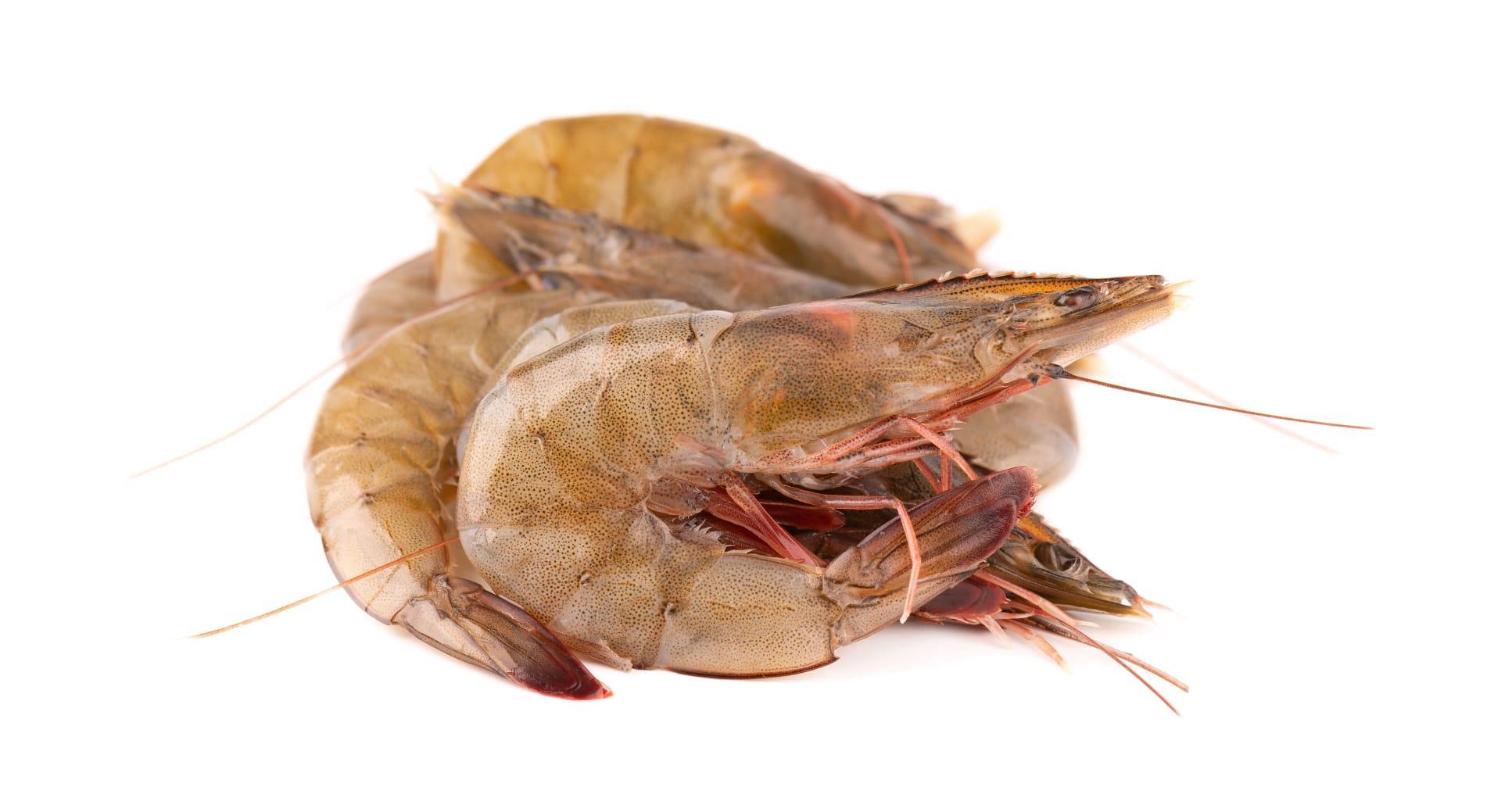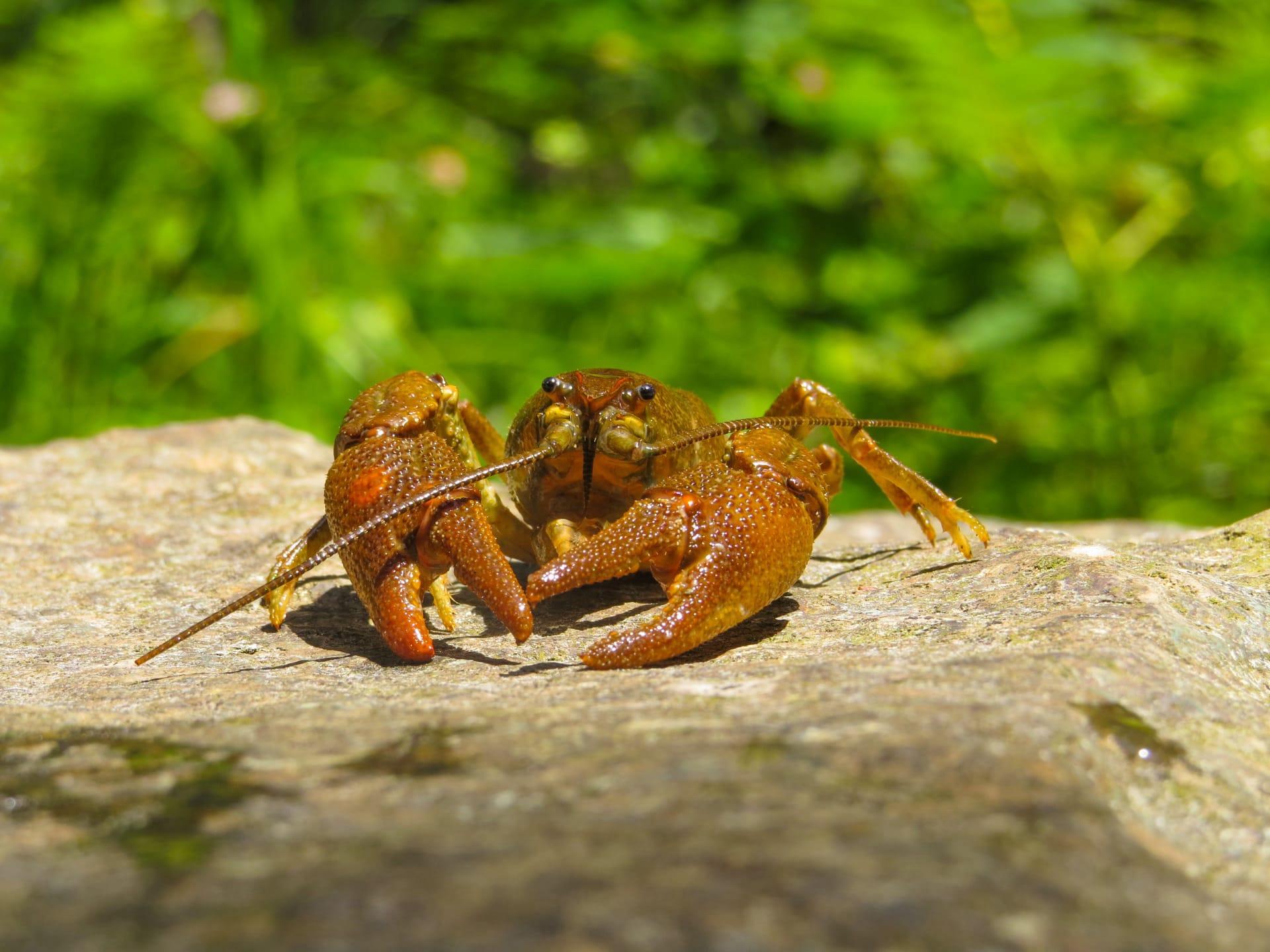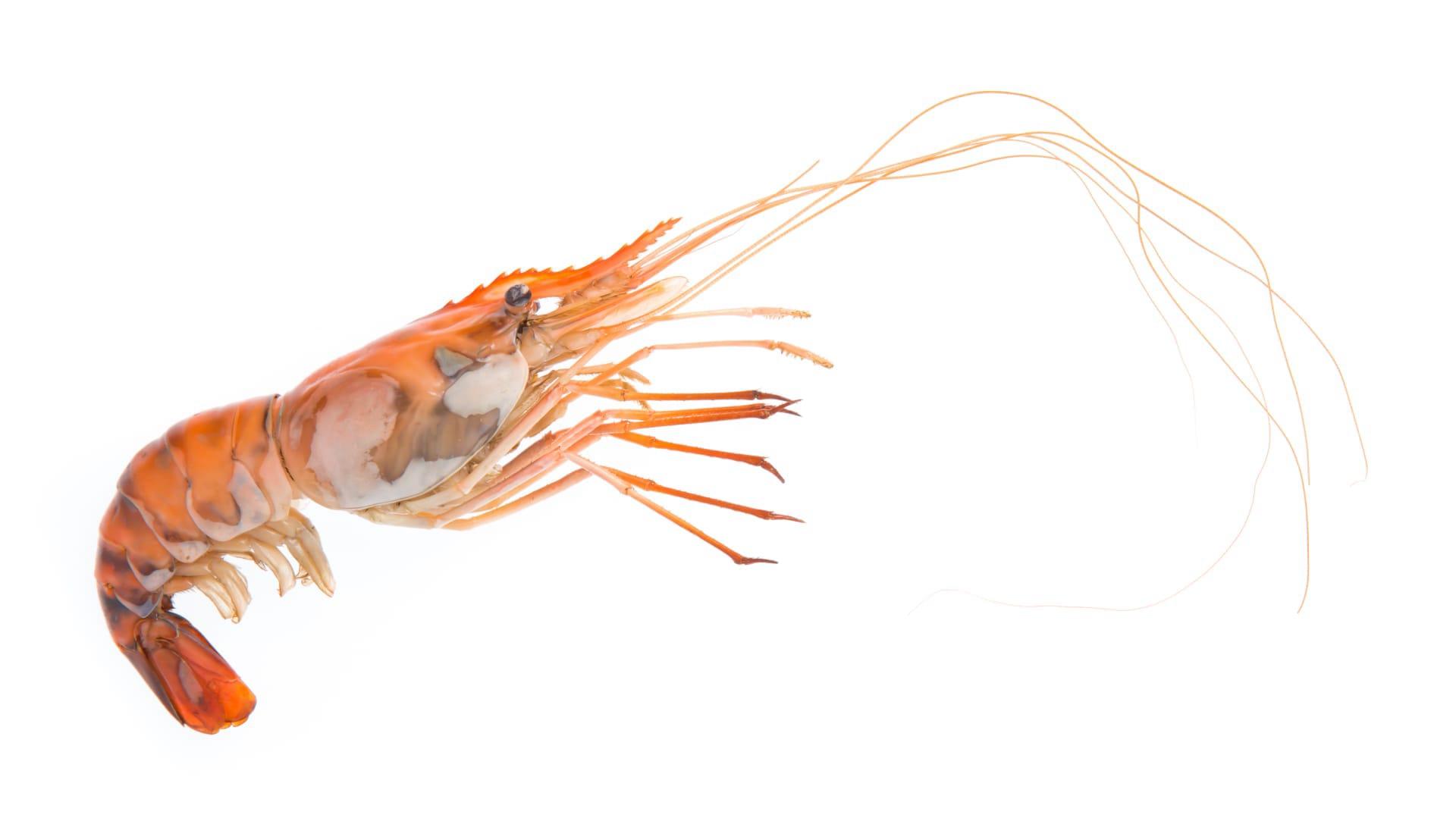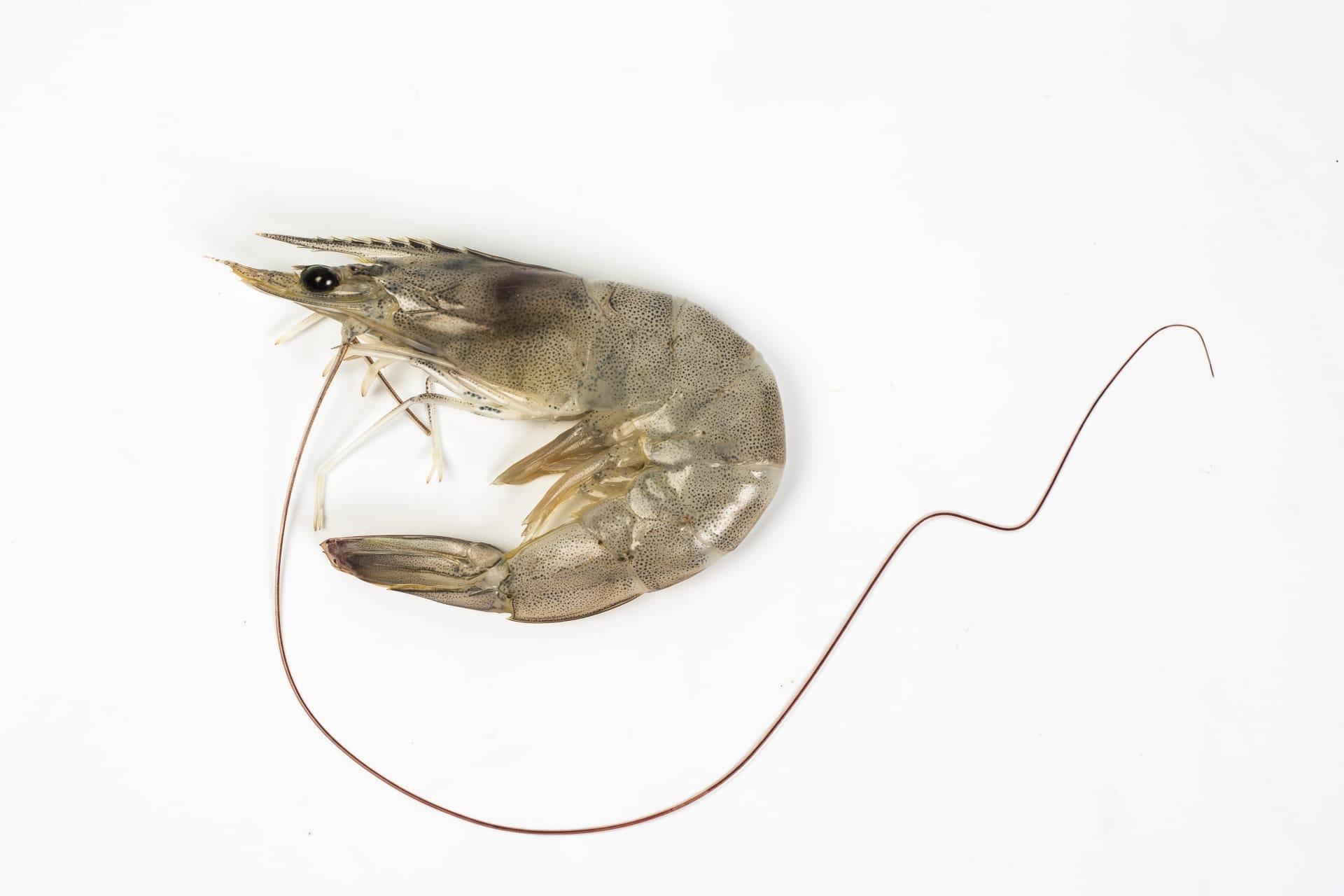Shrimp Characteristics
- Home /
- Mini Encyclopedia /
- Animal /
- Shrimp Characteristics
1
Shrimp, fascinating creatures of the sea, are known for their diverse sizes and lifespans. These critters vary significantly in size, with some species like the small brine shrimp measuring just about 1.2 centimeters, while others like the mantis shrimp can grow up to 30 centimeters long. The lifespan of shrimp also varies; many live 1 to 2 years, but some species can live for over 6 years in the wild. These variations are not just about size or age; they reflect the incredible adaptability and diversity of shrimp in different environments.
One of the most remarkable organs of shrimp is their set of gills, located in their thorax. Unlike human lungs, shrimp gills are incredibly efficient at extracting oxygen from water. These gills are thin-walled and rich in blood vessels, allowing for a high rate of gas exchange. This system is vital for their survival in various aquatic environments, from the deep sea to freshwater rivers. Shrimp gills are also a key indicator of their health, as they can change color when the shrimp is exposed to different levels of pollution or disease.

2
Question: Can shrimp change color, and if so, how?
Answer: Yes, shrimp can change color, and they do so through a process called chromatophores. Chromatophores are special cells in their skin containing pigments. By expanding or contracting these cells, shrimp can change their color. This ability is not just for show; it's crucial for camouflage, communication, and temperature regulation. Some species can even change their color rapidly in response to their environment, predators, or during social interactions. This fascinating trait showcases the adaptive capabilities of shrimp in their natural habitat.

3
Shrimp are agile swimmers, primarily using their abdomen and tail to move through water. When they sense danger, they can perform a rapid backward motion called "tail flipping." This action, powered by strong muscle contractions in their abdomen, allows them to escape predators quickly. Shrimp can also move forwards by rhythmically beating their pleopods (small legs under the abdomen) for slower, more controlled movements.
Their hunting technique is equally intriguing. Shrimp are primarily omnivores, feeding on small plant particles, algae, and plankton. They use their small, sensitive antennae to detect food in their environment. Once they locate a food source, shrimp use their claw-like appendages, called chelipeds, to grab and bring the food to their mouth. This method of feeding highlights their ability to adapt to different food sources and environments.

4
Shrimp inhabit a wide range of environments, from the deep sea to coastal estuaries and freshwater rivers. They are particularly adaptable, found in almost every kind of aquatic habitat. Some species prefer warm tropical waters, while others thrive in cold, deep-sea environments. This adaptability is key to their survival, allowing them to occupy various ecological niches.
Reproduction in shrimp is a fascinating process. Most species are prolific breeders, with females capable of carrying hundreds to thousands of eggs under their abdomen. After fertilization, these eggs hatch into larvae, which go through several stages of development before reaching adulthood. This reproductive strategy is crucial for maintaining their populations, especially considering their role as a key food source in the aquatic food chain.

5
Book: "The Secret Life of Shrimp" by Dr. Sylvia Earle. This engaging book, published in the USA in the early 2000s, offers an in-depth look into the world of shrimp. Dr. Earle, a renowned marine biologist, explores the diverse species of shrimp, their ecological importance, and the challenges they face. With vivid descriptions and personal anecdotes, the book is both educational and entertaining, making it a great read for anyone interested in marine life.
Book: "Shrimp: The Endless Quest for Pink Gold" by Jack Rudloe and Anne Rudloe. This book, also from the USA and published in the late 2000s, delves into the cultural and economic significance of shrimp. The authors, both respected marine researchers, examine how shrimp fishing and farming have impacted ecosystems and economies worldwide. The book combines scientific insights with real-world examples, providing a comprehensive view of the shrimp industry.